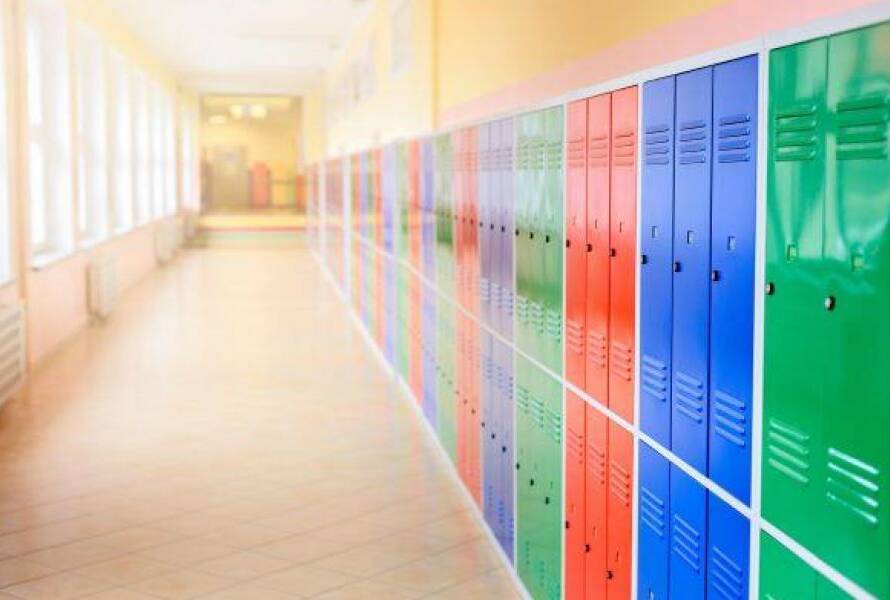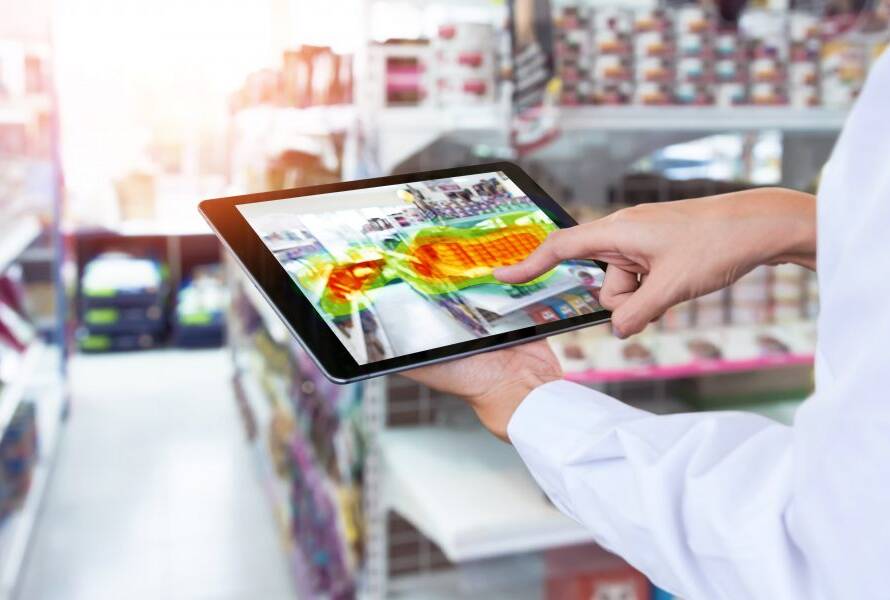Recent tragedies involving shootings in schools have placed school security under the microscope. More than 20 years after Columbine and 10 years after Sandy Hook, we have seen dramatic changes in the security systems now in place in education settings.
Surveillance cameras help monitor hallways and parking lots, intercom systems prevent visitors from entering a building without authorization, and access control systems manage and monitor the comings and goings of teachers and staff. However, recent events have shown that it’s not enough to just have a security system in place, the system must effectively handle a variety of potential threats.
For surveillance in schools, this means implementing a solution that can evolve as the school’s needs change. Modern security solutions need to accommodate the ongoing need for expansion, whether that is the addition of new cameras, new services, or the integration of new analytics that proactively identify threats and alert school administrators and public safety authorities in the event of an emergency.
Here are five tips for implementing a school surveillance system that will stand the test of time and also provide the greatest benefit in the event of an emergency.
- Invest in an open platform
Now more than ever it’s important to be able to select the best of breed in surveillance technology, and the video management platform selected should not hinder that capability. By investing in an open platform, users have the ability to pick complementary solutions that make sense for their current needs, whether that is cutting-edge analytics that identifies a large gathering of students in a parking lot or installing something as simple as selecting compatibility with a particular brand of IP cameras that fit within current budget constraints.
Systems without an open platform can present problems down the road. Beyond not being able to select best-of-breed solutions, a software upgrade might render other systems no longer compatible, presenting a challenge and the inability to leverage existing devices.
2. Expansion potential
Surveillance systems come in all shapes and sizes, from small-scale solutions with a handful of cameras to enterprise-level systems that are deployed on large university campuses. One thing that security professionals can attest to is that a solution installed today will most likely need to be updated or expanded in the future. This is especially true in school settings, where analog cameras remain prevalent and there is still a need to leverage these cameras as they migrate to IP cameras.
This is why it’s important to invest in a video management system that can work with a variety of devices, from analog cameras to IP, enabling customers to transition to newer technology over time and to spread out their investment. A system that can manage video from 25 IP cameras also needs to be able to easily expand to handle video from 50 IP cameras.
3. Integrations with access control
Surveillance systems can no longer operate as siloed solutions as they need to be able to integrate with access control systems to provide valuable insights. This includes the ability for the access control system to associate recorded video footage with alarms when the access control system detects a secure entry point is open or has not properly closed.
Whether for real-time alerting or after-the-fact reviewing of footage, the integration of door entry systems with video management software is a necessity for security and efficiency.
4. Gather more insight with analytics
The addition of analytics means that video management systems have the capability to provide more information than ever before. Historically, unless someone is actively watching surveillance footage at all times, it has been difficult to be proactive in the identification of problems on campuses.
With analytics, a video management system can send an alert when it identifies any number of problems, whether that’s the gathering of large crowds, identifying objects that were left behind, vaping in hallways, or gunshots. The proactive nature of analytics means that school security officers can receive an alert, either in a central command center or on their mobile devices, and can address an issue quickly.
5. Accessibility wherever you are
School personnel needs to have uninterrupted access to their video management system, but retrieving live video can become problematic due to bandwidth issues. Because of this, it’s important to invest in a VMS solution with built-in bandwidth-reducing features that mitigate the typical network issues inherent in viewing multiple camera feeds and accessing large video files.
Mobile access to video for key personnel, whether that person is working at their desk, in a meeting, or walking the school hallway, enables school staff to quickly review surveillance footage or send it to a school resource officer in the event of a safety issue. This can be taken a step further to include advance planning for local law enforcement, providing them direct access to video for future hypothetical emergency scenarios.
Regardless of the type of security system deployed, schools need to make sure they invest in a system that can evolve as their needs change and have the ability to integrate with other systems. Together, this ensures that the system can stand the test of time and provide the greatest security benefit.
Paul Smith
Paul Smith is Director of Sales, South for Salient Systems. In this role, he manages a team tasked with sales and customer development within a nine state region.
Paul joined Salient Systems in 2014, originally as Manager of the Technology Partner Program, where he created and implemented a program that focused on establishing and growing partnerships with complimentary manufacturers.
Between 2015 and 2022, Paul was District Sales Manager then Regional Sales Manager for the Central territory. During this time he assisted his customers and channel partners with design and implementation of custom, integrated solutions.
Paul is an engaging speaker, knowledgeable in all aspects of Salient’s Security Platform, and has accumulated a wide base of knowledge in numerous vertical markets since taking on this role.




